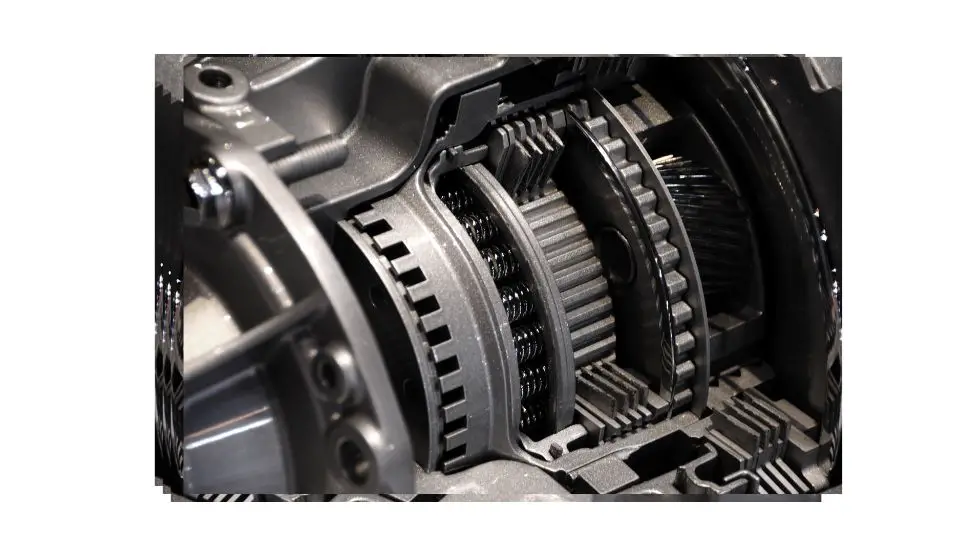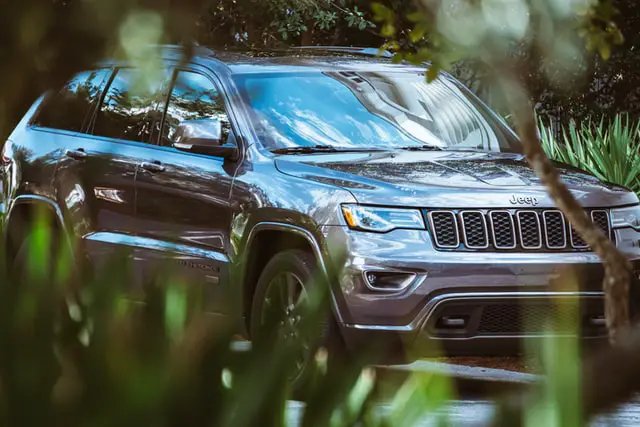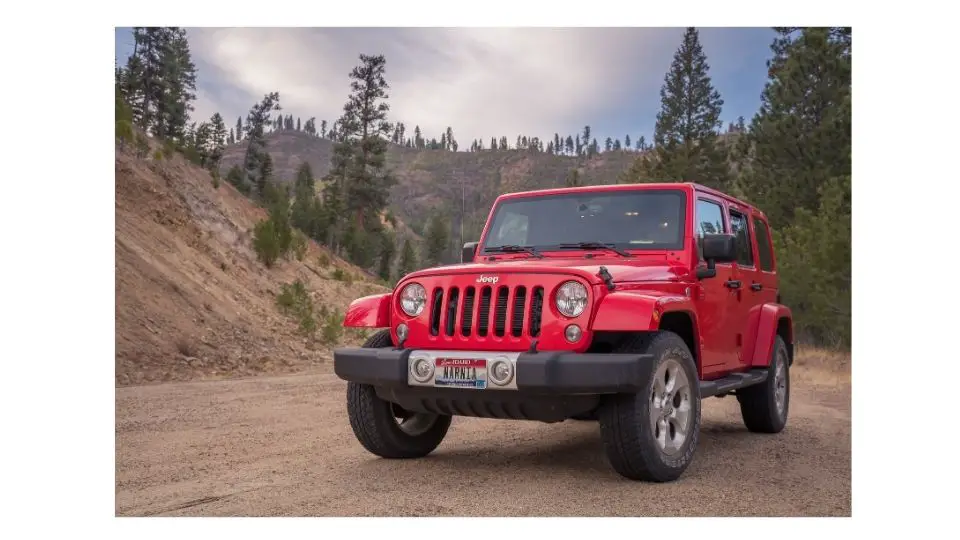From revving high engines to overheating transmission and poor shifting problems, the 42RE transmission has been associated with many issues. Find out all you need to know about this transmission system in this article.
The Jeep Grand Cherokee uses the 42RE transmission in 1993 1/2 models with a 4.0L engine. If you recently bought these vehicles, you must have come across information telling how bad this transmission is.
What Is 42RE?
The 42RE is a 4-speed automatic transmission developed by Chrysler. The “4” stands for 4-speed, “2” means the torque capacity, and the “R” is for rear-wheel drive. The “E” of the 42RE stands for the feature of being electronically controlled and not a stick. The transmission was used in the 3.9L engines found in Chrysler cars and trucks, sometimes referred to as the A500 since it shares some components with their medium-duty line of truck transmissions.
The 42RE is a lighter-duty transmission that features an overdrive assembly instead of the conventional tail housing or extension. This can be found on 1993 to 1998 Jeep Grand Cherokees with 4L engines.
Recent Jeep models, from 2004 upwards, feature the 42RLE which is a befitting successor of the 42RE. Meanwhile, the hydraulic control of the latter makes it stand out from the 42RH.
What Are The Common Issues With The 42RE?
To begin with, several reviews point to the issue of bucking with the 42RE transmission such that when driving down the road, perhaps at 40mph, it would start developing a problem of indecisiveness when shifting within valves – going from 2nd to 3rd, and then back and forth until it occasionally jumps to 1st.
In addition, issues surrounding the Governer Pressure Solenoid and well as the Sensor of the tranny seem to develop after extensive usage. In my conversation with others, the Throttle Valve cable also brings about concerns.
The bottom line is that before throwing money at it, you should be ready for any of these possibilities.
How Does A 42RE Transmission Work?
The 42RE transmission is controlled electronically such that the governor pressure is regulated by a governor pressure solenoid. The Tranny features electronic components to create governor pressure unlike in the 42RH (A500) where a mechanical governor is used.
The shifts are regulated by the valve body using conventional shift valves for 1-2 and 2-3 upshifts. The higher gear of the transmission is electronically controlled since it is the governor pressure that impacts it and is controlled by the transmission control module (TCM).
This control module includes the following:
- Vehicle speed sensor
- Transmission output speed sensor
- Transmission fluid temperature sensor
- Engine rpm
- Governor pressure sensor
- Overdrive “off” switch.
- Throttle position sensor
In 42RE transmission, a standard cable and throttle valve controls the throttle pressure.
Is The 42RE Transmission Good?
Generally speaking, the 42RE transmission is a good one. On second thought, it is reliable but would occasionally require repair. You can even consider finding a cheap junkyard 42RE to buy, but it is best to purchase a remanufactured 42RE transmission instead.
Whether you are driving a domestic or foreign car or truck, going for 42RE may not guarantee you as many miles as possible but the coverage per hour is pretty decent.
What many gearheads do for 42RE transmission is acquire remanufactured ones? This is because, when purchased from the right dealer, it will ensure that it performs just as well as a new transmission.
A good 42RE transmission is one in which each part matches the performance specification set by the original equipment manufacturer (OEM) of your vehicle.
How Can You Tell If A Transmission Is 42RE?
Identifying whether a transmission is 42RE or not is easy once you have access to the transmission case. The ID numbers of this system are stamped on the side of the transmission case (precisely on the case’s left side around the oil pan)
This also applies to the 44RE and 46RE. These 4-speed fully automatic transmissions with electronic governors can be identified once you look at the details engraved in the transmission case.
What Cars Have A 42RE Transmission?
As mentioned earlier, the 42RE transmission was integrated into the Jeep Grand Cherokee starting from the 1993 1/2 models with the 4.0L engine.
Dodge Dakota vehicles from year model 1989 to 2003, Dodge Durango vehicles from year models 1998 to 2000, and Dodge Ram pickup 150 / 1500 vehicles from year model 1989 to 2001 all have the 42RE transmission in them.
Other cars that have the 42RE transmission include the Jeep Grand Cherokee year models 1993 to 2004, the Jeep Grand Cherokee 5.2 V8 year models 1996 to 1998, and even the Dodge Ram Van B150 / B250 from 1989 to 2003.
The system has 4-speed which is represented by the ‘4’ in the name and then has 2 torque capacity for rear-wheel drive. It is not a stick transmission and so the ‘E’ in the name symbolizes that it’s electronically controlled.
What is The Difference Between 42RE and 42RLE?
While they are both four-speed automatic transmissions, the major difference between the 42RE and 42RLE transmission is that the 42RE was used in the Jeep Grand Cherokees year models of 1993.3 through 1998 while the 42RLE was available from 2003 to 2006 Jeep TJ Wrangler.
Meanwhile, all these vehicles have 4.0L engines.
Conclusion
Despite the common issues that have been raised about the 42RE transmission, it is a system that will last when you keep up on maintenance and when you don’t push it hard.
Overall the 42RE is a reliable transmission. Based on my experience with the system, it doesn’t have common issues that terrible transmissions give, except for a little worry about the solenoids being bad.
If you use the correct fluid, use O/D off when towing anything, and keep them cool, you’d enjoy your Jeep.
But if someone has abused the transmission in the past, there is only little you can do to avoid the common problems.





